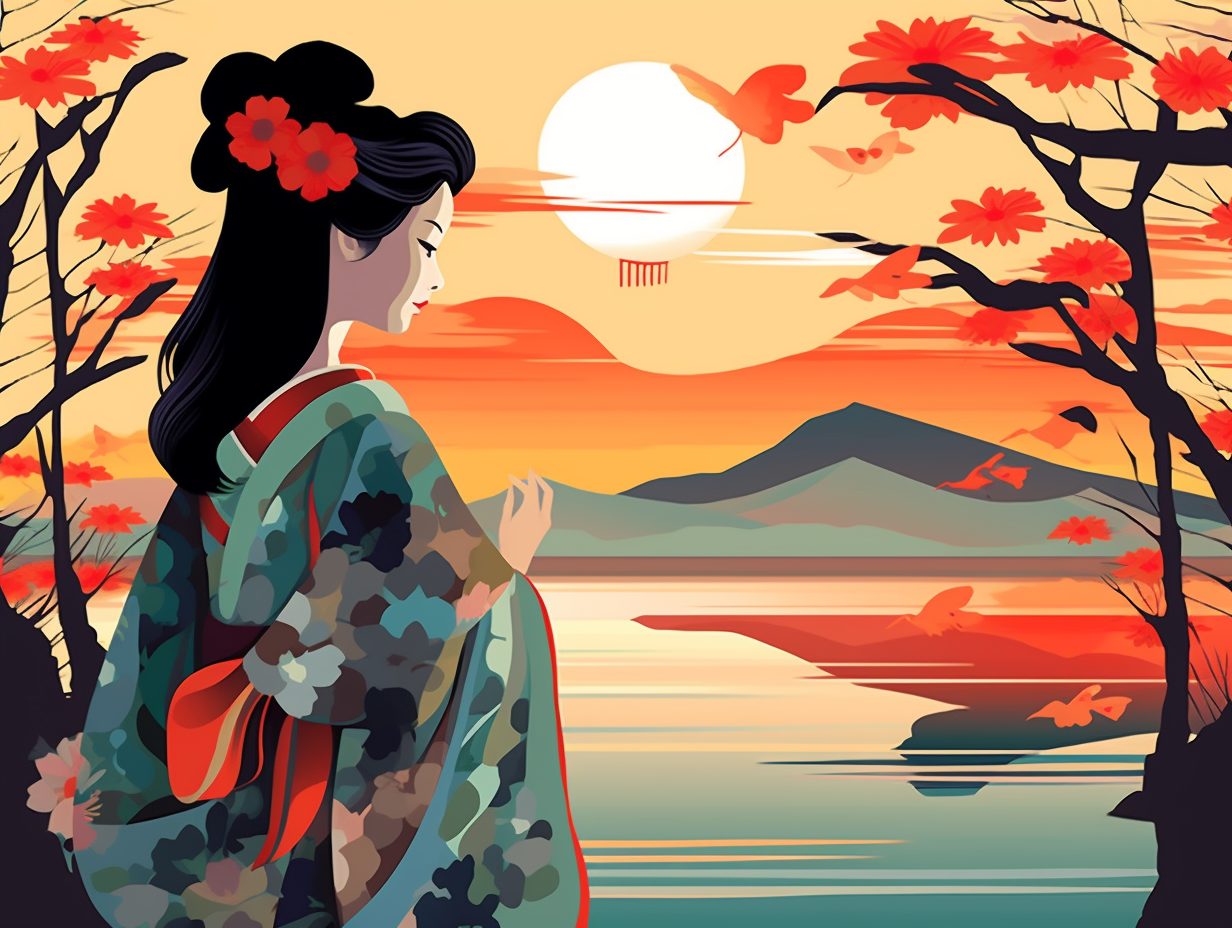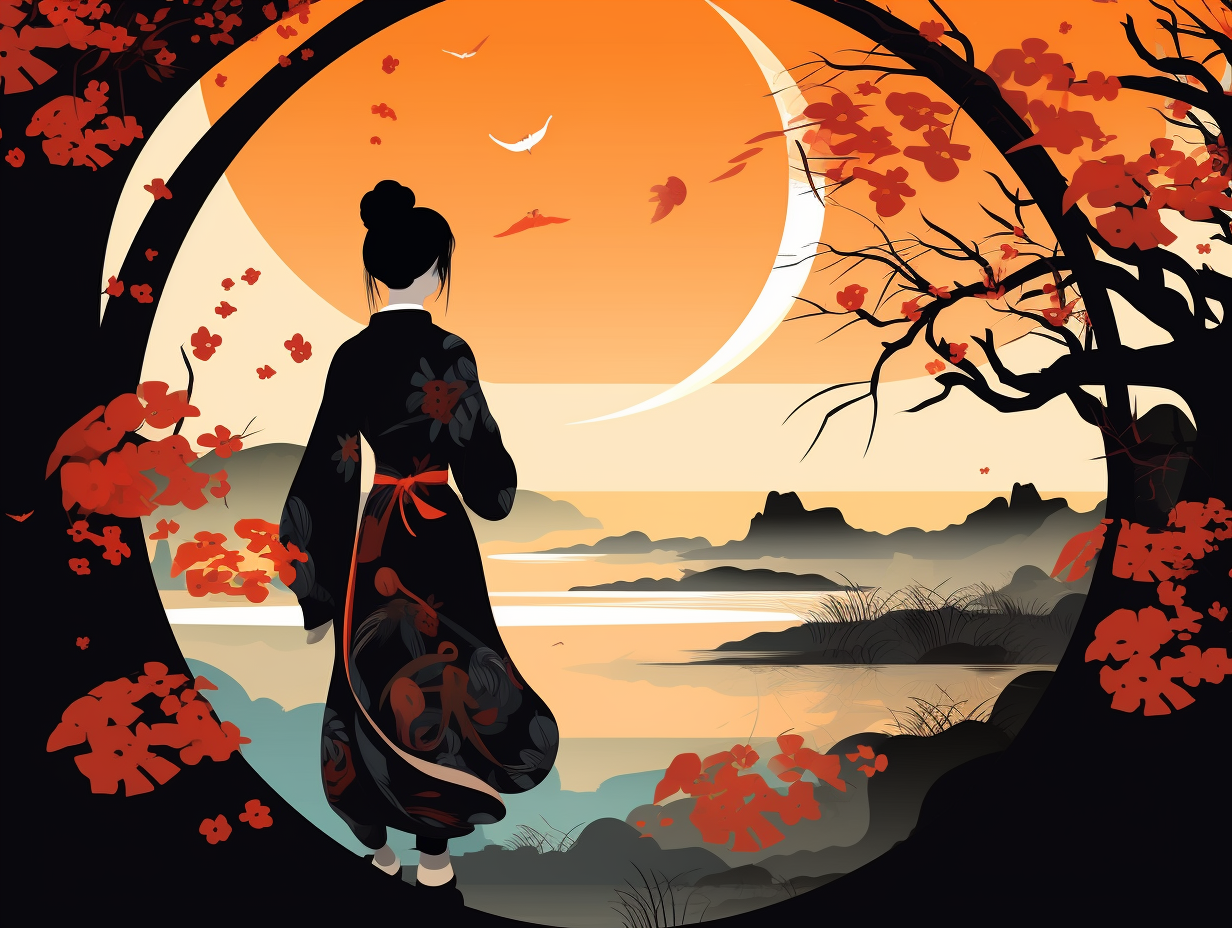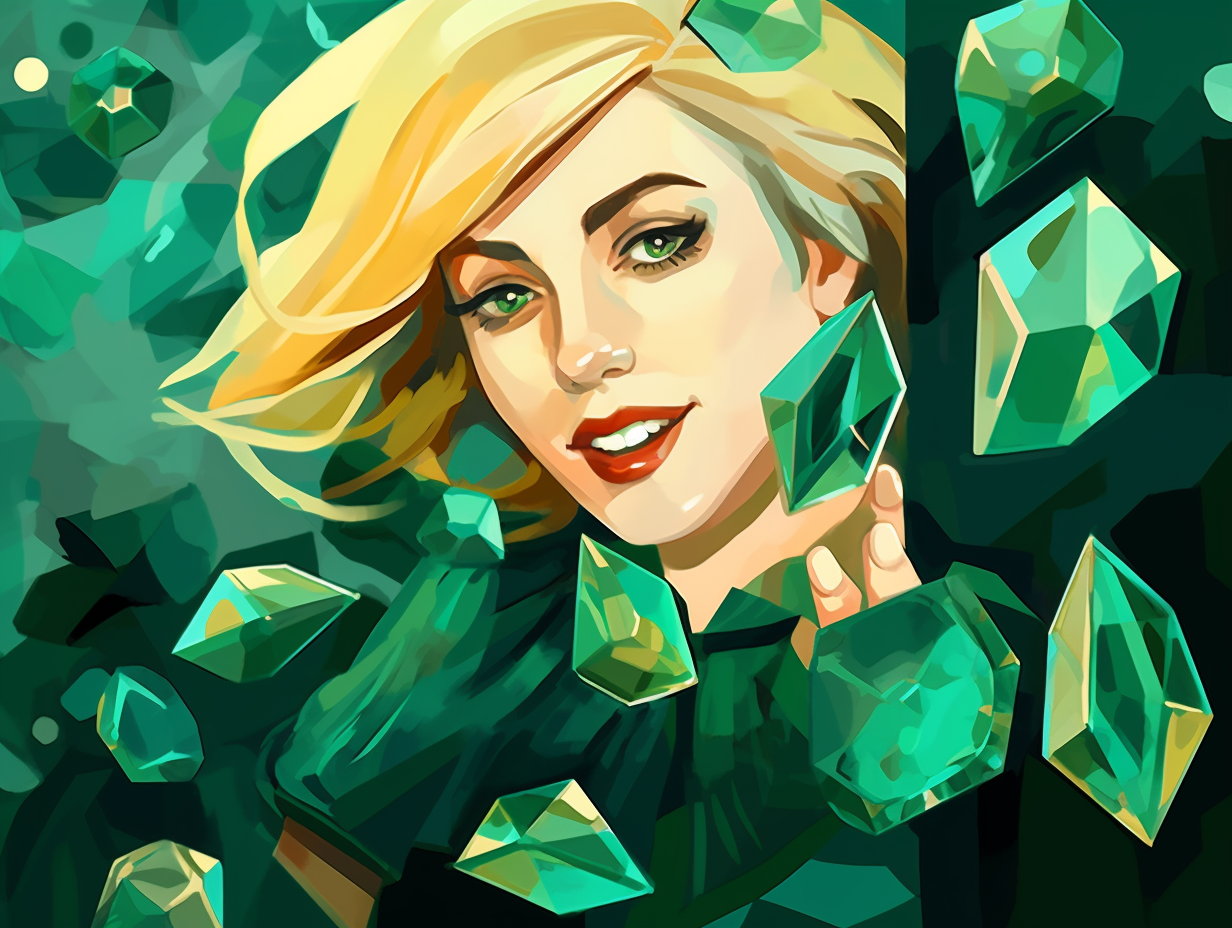Discover the Unbelievable: Top 12 Fun Facts About Porcelain You Never Knew!

1. Porcelain: Only for Chinese Royalty
Once upon a time, the ancient Chinese played "Finders keepers" with their fancy plates so tight that only the emperor had dibs on those shiny dishes: Porcelain used to be a top-secret recipe and was only manufactured for royalty, made from kaolin, quartz, feldspar, and occasionally some alabaster, bone ash, glass, or petuntse. Nowadays, this sophisticated ivory-esque material remains a go-to choice for classy décor, turning any room into an imperial palace.
Source => herendexperts.com
2. The Picasso of Porcelain
When porcelain has a colorful personality crisis and goes all Picasso on us, we sit in awe: this vivid display of artistry is made possible due to a technique called underglazing, which applies colored pigments to porcelain pieces before they're fired in the kiln, resulting in an astonishing range of hues and intricate designs.
Source => nomliving.com
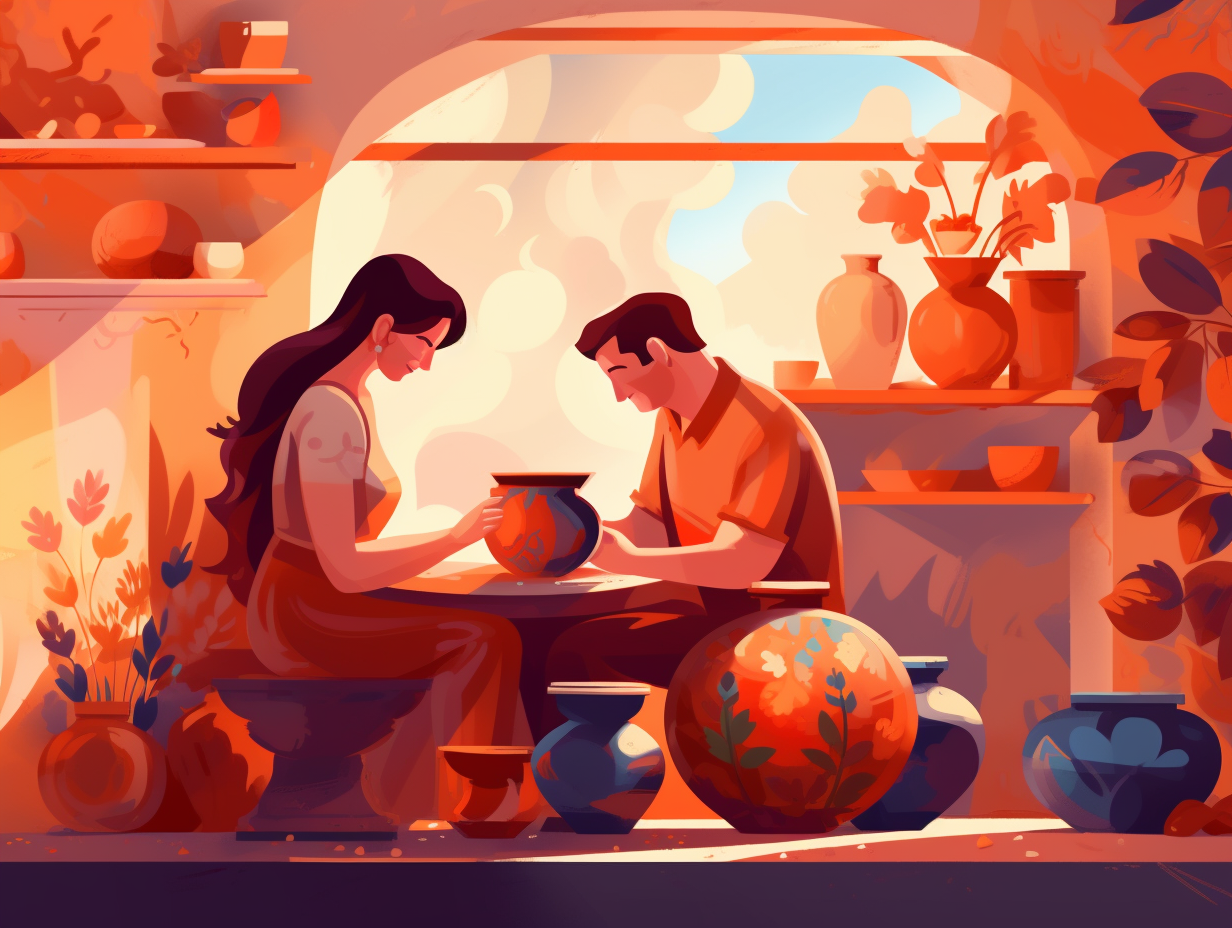
Did you know pottery took a spin before wheels were even invented? Discover how a 3500 BCE invention revolutionized the art of molding clay and find out why it beat wheels to the game! 🏺🌀
=> Fun Facts about Pottery
3. Victorian Porcelain Doll Envy
Dolls dolled up to the nines in velvet and lace: welcome to the Victorian era, where porcelain-faced playthings were the heart (and closet) envy of every kiddo and a sartorial symbol of snobbish supremacy! Breaking it down: these delicate, kiln-baked marvels sported only porcelain heads while flaunting posh mixed-material bodies, embodying the wealth gap between the haves and the have-nots and creating an oh-so-perfect portrayal of high society.
Source => smithsonianmag.com
4. Porcelain Superhero Strength
If dinnerware were superheroes, porcelain would surely have its own comic series and a cape to match: revered for its superhero strength, porcelain becomes ultra-durable and non-porous when exposed to high temperatures, resisting the villainous forces of chipping and cracking better than earthenware and stoneware sidekicks ever could!
Source => thepotterywheel.com
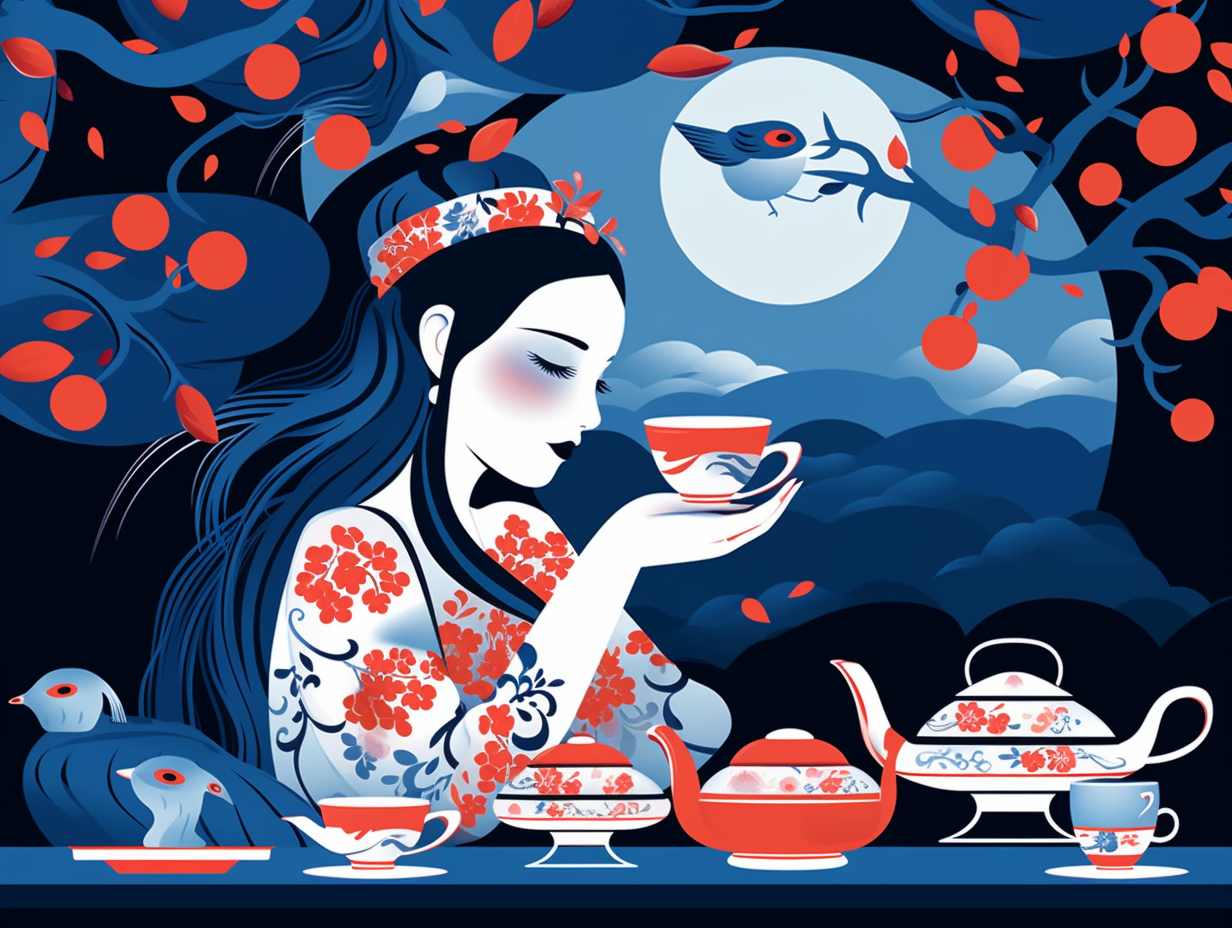
5. Cameroon's Self-Glazing Tiles
Move over, pottery wheel contestants, Cameroon knows what's up: Their native Mayouom and Ntamuka china clays can create some seriously stunning, self-glazing porcelain stoneware tiles, taking the ceramic world by storm.
Source => researchgate.net
6. Bone China: The Wolverine Ceramic
What do fine bone china and Wolverine have in common? They may appear delicate and fragile, but both conceal a core that's surprisingly tough and resilient: Sporting a minimum of 30% bone ash in its composition, fine bone china not only boasts of superior durability compared to porcelain, but also gracefully endures chips better, thanks to the bone ash imparting added strength and resistance to the ceramic.
Source => williamedwardshome.co.uk
7. When Life Gives You Clay...
When life gives you clay, make porcelain: Porcelain is actually a type of vitrified pottery, meaning it's fired at high temperatures until it partially fuses into a glass-like structure, making it impermeable to water and incredibly durable, without even needing a glaze.
Source => en.wikipedia.org
8. High-Stakes Porcelain Painting
Porcelain painting: a high-stakes game of decorative-adventure where there are no erasers, no second chances, and certainly no CTRL+Z to save your flowery masterpiece. Bring your bravest paintbrush and kiln-confidence: china painting requires artists to skillfully navigate its unforgiving nature, as each layer of design must be flawlessly executed, then fired onto glazed porcelain at temperatures between 1112 and 1566 degrees Fahrenheit, with no room for corrections.
Source => soulceramics.com
9. European Porcelain Quest
Before Europeans could say "porcelain party," they were stuck pottery-puzzled for almost half a millennia: Porcelain, discovered in China over a thousand years ago and brought to Europe by Marco Polo, eluded European production until German alchemist Johann Friedrich Böttger and Ehrenfried Walther von Tschirnhaus cracked the formula in the 18th century, utilizing kaolin and pottery stone as key ingredients for structure, plasticity, translucency, and hardness.
Source => newyorker.com
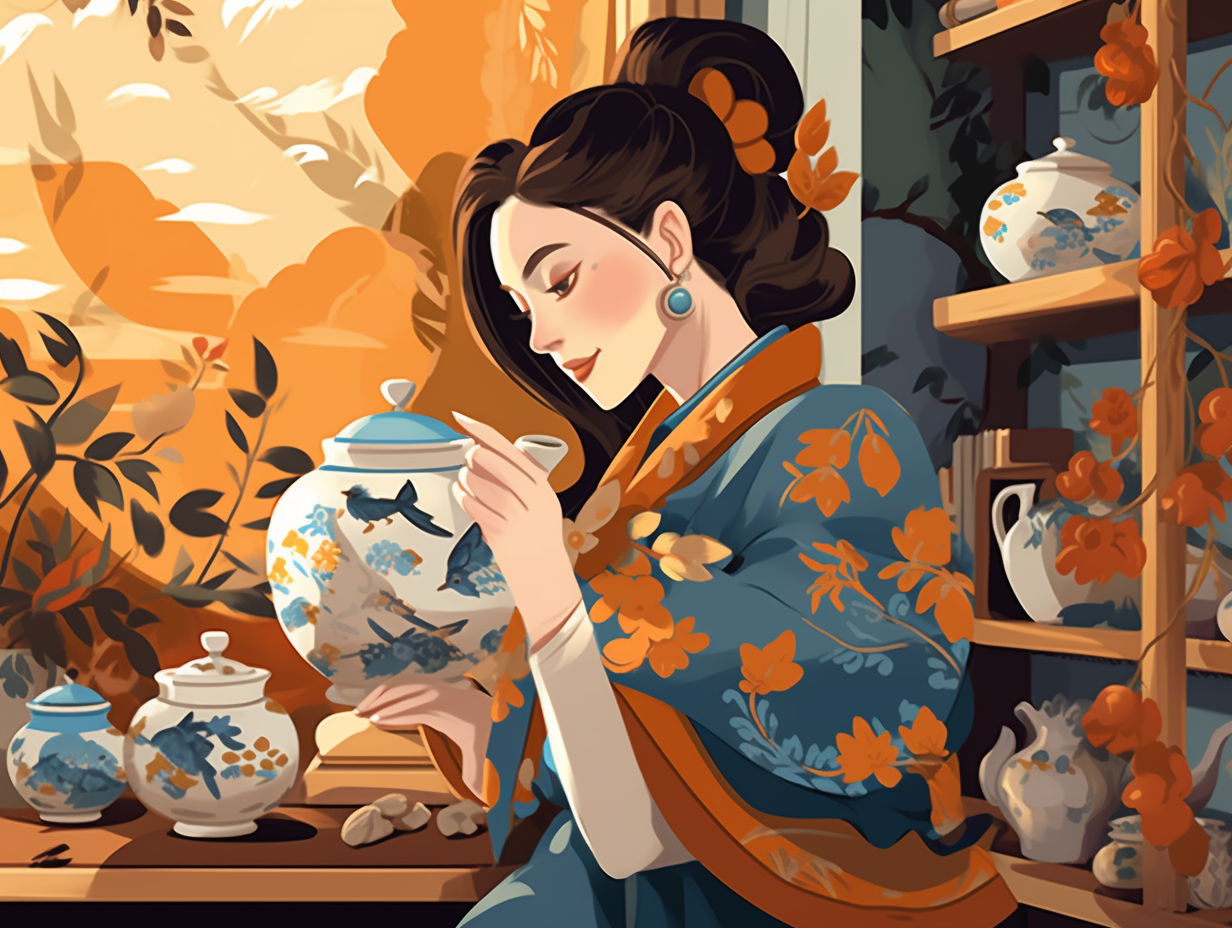
10. Meissen Porcelain Tea Party Talk
Once considered the ultimate ice breaker at royal tea parties, despite not being made of literal ice: Meissen porcelain, aka "white gold," was a highly sought-after diplomatic gift commissioned by the royal Meissen manufactory and became a favorite luxury item for wealthy clients through those savvy French marchands-merciers.
Source => frick.org
11. China's Blue and White Instagram Filter
Feeling blue never looked so good: During the late Yuan dynasty, China's blue and white porcelain became the life of the pottery party thanks to Persian-imported cobalt blue pigment—which gave off a purplish hue and dark spots—later refined by China's own manganese-rich cobalt to produce softer, clearer variations of blue, leading to elaborate designs that would make even the finest Instagram filter jealous.
Source => skinnerinc.com
12. Porcelain: Cowrie Shell to Ceramic Brilliance
Has the cowrie shell got milk? Not quite, but its smooth, white resemblance to a certain ceramic may have moo-ved the Italians to name it: Porcelain, derived from "porcellana" meaning cowrie shell, has long been a popular choice for decorative and functional items like plates, vases, and figurines, all thanks to its strength and beauty. Despite its lunar-like luster, there's no link between porcelain and moon dust – it's simply a work of Earthly art!
Source => science.gov
Related Fun Facts



